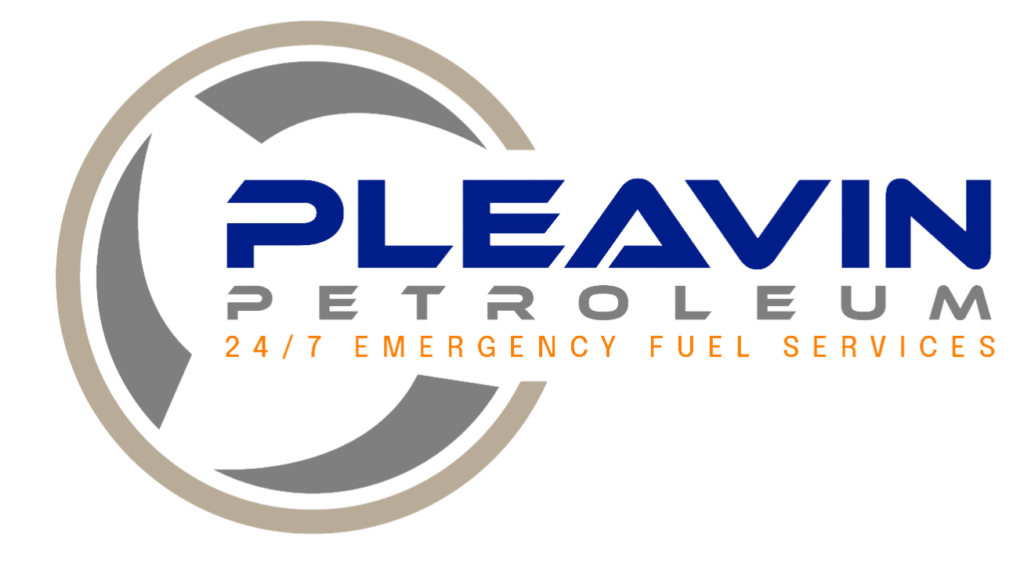Fuel Uplift Meaning Explained

In the world of the petroleum industry, the term ‘fuel uplift’ holds a critical place in the processes governing the distribution and management of fuel resources.
This intricate and crucial procedure has not only streamlined operations within the sector but has also significantly contributed to the effective allocation and control of fuel resources.
From extraction to transportation, and ultimately reaching the customer, the concept of fuel uplift has revolutionised petroleum businesses. The improvement of transportation has left a great impact on the industry in various dimensions.
In this blog, we will look into the process of fuel-uplifting and how it has developed in the petroleum industry.
Understanding Fuel Uplift
Fuel uplift, also known as fuel transfer or fuel upliftment, includes the process of transferring fuel from one location to another. Typically, this involves moving fuel from a storage facility to an aircraft, vessel, or remote area.
The process of fuel uplifting serves multiple purposes, such as refuelling aircraft at airports, supplying fuel to vessels at sea, or delivering fuel to locations with limited access to conventional refuelling infrastructure.
The primary objective of fuel uplift is to ensure the efficient and timely distribution of fuel resources to areas. This may include areas that might not have direct access to established refineries or storage facilities.
The process demands accurate planning, observation of safety standards, and a good understanding of the logistical difficulties involved in transporting fuel across diverse terrains and through various modes of transportation.
The Importance of Fuel Uplift
Fuel uplift plays a pivotal role in the petroleum industry for several reasons. The transportation and distribution of fuel often present logistical challenges, especially in remote or hard-to-reach locations.
Fuel uplift mitigates these challenges by providing a method for delivering fuel to these areas, sustaining operations, and meeting the demand for energy resources.
Additionally, the flexibility of fuel uplift enables businesses to adapt and respond to fluctuating market demands.
During times of emergencies, such as natural disasters or unforeseen supply chain disruptions, fuel uplift becomes a crucial process. The use of the process is to ensure the continuous supply of fuel. Thereby preventing shortages and sustaining vital services.
How Does Fuel Uplifting Work?
Fuel uplifting, also known as fuel transfer or fuel upliftment, is a crucial process within the petroleum industry that involves transferring fuel from one location to another.
The process can vary in its specifics based on the mode of transportation such as air, sea, or land, and the intended destination like aircraft, vessels, or remote areas. Here’s a basic breakdown of how fuel uplifting generally works:
Storage and Preparation
The process typically begins at a storage facility, which can be a depot, refinery, or terminal, where the fuel is stored in tanks or containers. The fuel is often refined, quality-checked, and prepared for transportation.
Transportation
For aircraft refuelling, specialised vehicles, often called “fuel trucks” or “tanker trucks,” transport the fuel to the airport. At the airport, fuel is typically stored in underground tanks or hydrant systems.
For worldwide fuel transfer, whether to remote areas or other destinations, fuel can be transported via tanker trucks or through pipelines.
The trucks carry the fuel to the desired location and then pump it into designated storage tanks or directly into the end-user’s equipment.
Delivery and Consumption
Once the fuel reaches its intended destination, be it an aircraft, a vessel, a remote area, or a storage facility, it is available for consumption or storage, serving various purposes from powering engines to heating systems.
The process of fuel uplifting involves a series of well-coordinated steps, each designed to ensure the safe and efficient transfer of fuel from its source to its destination.
It is crucial for sustaining operations, responding to market demands, and ensuring accessibility to the minimum fuel in diverse locations.
Technical Advancements and Innovations
Over the years, technological advancements have significantly transformed the process of fuel uplift within the petroleum industry. Innovations in transportation, storage, and monitoring systems have enhanced the efficiency and safety of fuel transfer operations.
Advanced monitoring and tracking systems allow for real-time surveillance of fuel transportation, ensuring the security and safety of the product being transported.
Additionally, improvements in storage facilities, such as the development of more durable and secure containers, have reduced the risk of spillage or contamination during the uplifting process.
The integration of automation and programming has simplified the entire supply chain, enabling better inventory management, quicker response times, and more accurate forecasting of demand.
Technological innovations have not only improved the efficiency of fuel uplift for businesses but have also minimised environmental risks associated with fuel transportation.
Eco-Friendly and Longevity Considerations
Despite the convenience and necessity of fuel uplift in the petroleum industry, environmental concerns remain pertinent.
The transportation of fuel, whether by road, rail, sea, or air, poses certain environmental risks These risks include the release of greenhouse gases and the potential for spills or accidents.
To address these concerns, companies are increasingly investing in eco-friendly practices. This includes implementing cleaner and more fuel-efficient transportation methods, utilising alternative energy sources, and adopting stringent safety protocols to mitigate the environmental impact of fuel uplift operations.
Furthermore, the global shift towards renewable energy sources has motivated innovation within the petroleum industry.
The global shift has led to the exploration and development of cleaner fuel alternatives, such as biofuels and hydrogen. This could further potentially reduce the environmental footprint of fuel uplift in the future.
Fuel Uplift at Pleavin Petroleum
Fuel uplift is a key principle in the petroleum industry. This principle improves the seamless distribution of fuel resources across various terrains and distant locations.
Its significance in sustaining operations, responding to market demands, and ensuring the availability of energy resources cannot be overstated.
Here at Pleavin Petroleum, we offer excellent and reliable fuel deliveries across the UK. If you are looking for reliable fuel services, our team of experts is dedicated to ensuring all customers are fully satisfied. Make Pleavin Petroleum your number-one fuel provider today!

Jack is the founder of Pleavin Petroleum. He has years of experience in dealing with generators and from this, has developed a strong desire in the fuel and fuel services. His dedication to providing a top service to people looking for fuel solutions across the UK has led him to start Pleavin Petroleum.

